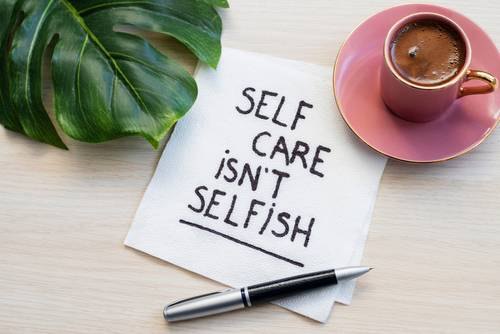 There’s a tendency to see self-care as more of a buzzword than an effective way to improve your wellbeing. But its benefits shouldn’t be underestimated. Self-care can reduce stress, help you sleep better, improve your coping skills and lift your mood.
There’s a tendency to see self-care as more of a buzzword than an effective way to improve your wellbeing. But its benefits shouldn’t be underestimated. Self-care can reduce stress, help you sleep better, improve your coping skills and lift your mood.
By its nature, self-care is broad and can look different for everyone. For example, the repetitive motions of knitting can be as relaxing for some as it is frustrating for others. Nevertheless, at its core, self-care is about showing care for both your body and your brain, which helps to regulate your nervous system.

But what nearly everyone can relate to is that one of the most difficult things is finding the time in the day to do it. Here,with some insights from Richard Holmes,(above) Director of Wellbeing at private medical cover provider: Westfield Health, are six self-care activities you can do in 30 minutes or less.
Before beginning, it’s worth mentioning that these steps are designed to help but should not be used in place of seeing a healthcare professional. If you are struggling – please seek help.
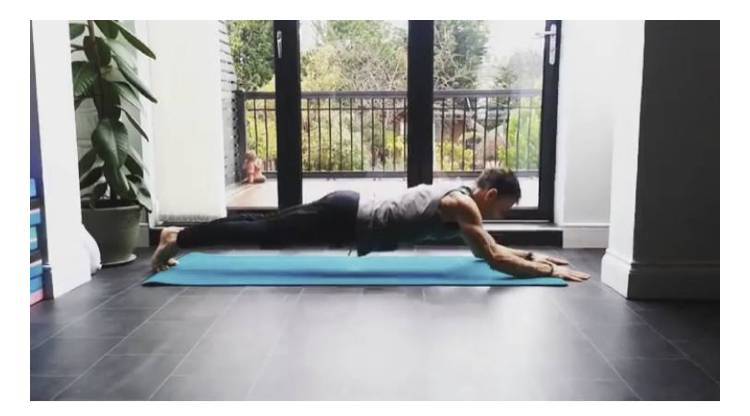
While scientific research into the benefits of yoga is ongoing, it’s clear that this centuries-old practice can improve your physical and mental health. This makes it a perfect addition to your self-care routine, especially if you stay at home and follow an online session.
In the morning, 30 minutes of yoga can increase blood flow and gently warm up muscles, easing any aches and helping your body feel awakened and prepared for the day ahead.
When the day is done, the meditative nature of some poses and exercises can also help prepare your mind and body for sleep. Focus on sitting or lying down poses, as well as slow breathing exercises. Dim the lights and put on your pyjamas, so you can slip straight into bed afterwards.
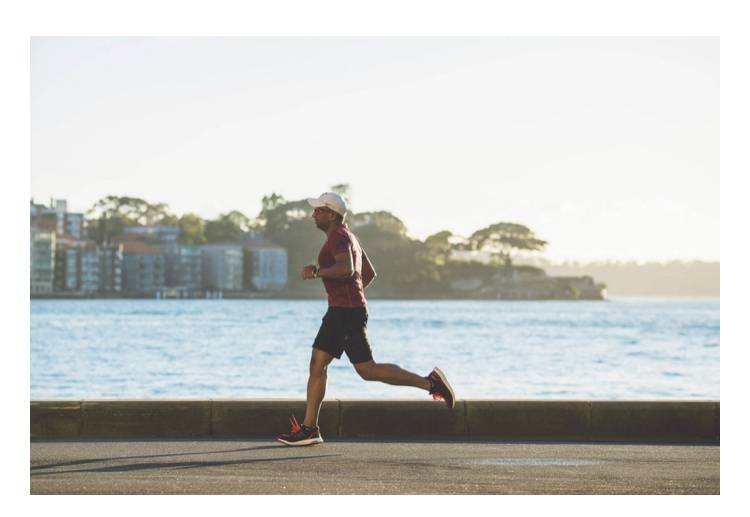 2. Walking or jogging
2. Walking or joggingWeather permitting, taking a stroll or jogging around the block before or after work is a great way to grab 30 minutes of self-care in your day. Exposure to sunlight helps to stimulate the production of serotonin, one of the 4 ‘happy’ chemicals which can help to lift your mood and help you feel energised.
Walking also increases blood flow and blood circulation,which, like other forms of physical exercise, releasesendorphins – another one of the brain’s happy chemicals. Over time a brief but brisk walk in the morning can build yourendurance and help you to feel more alert and ready for the day.
After work, a walk can also help to disconnect your mind from the day and prepare you for relaxing in the evening.
 3. Make yourself a hot drink – and take time to enjoy it
3. Make yourself a hot drink – and take time to enjoy itIt’s tempting to gulp down tea and coffee before leaving work but having a hot drink in your hand is a good opportunity just to sit and enjoy it. This idea is taken from the principles of hygge – the Danish concept of cosiness – which can also be seen as a form of self-care.
The hot drink itself can be soothing, while the quiet time can help you clear your mind and focus on the present. When doing this, it can be best to stick to low or caffeine-free drinks, especially in the evening. Caffeine is a well-known stimulant that increases activity in your nervous system. While this can help you feel more alert, it can also increase tension and anxiety and make it more difficult to fall asleep.
There are several ways to journal, from a straightforward diary to a fully illustrated bullet journal. Whatever method you choose, 30 minutes or less each day can help to reduce stress, provide relief from anxious thoughts, as well as help you process emotions.
By putting your thoughts to paper (or a document on your computer), you are releasing pressure on your mind. At the beginning of your day, writing down your daily tasks can help to organise your thoughts. Alternatively, using your journal for writing down positive thoughts and affirmations can give you something positive to look back on throughout the day.
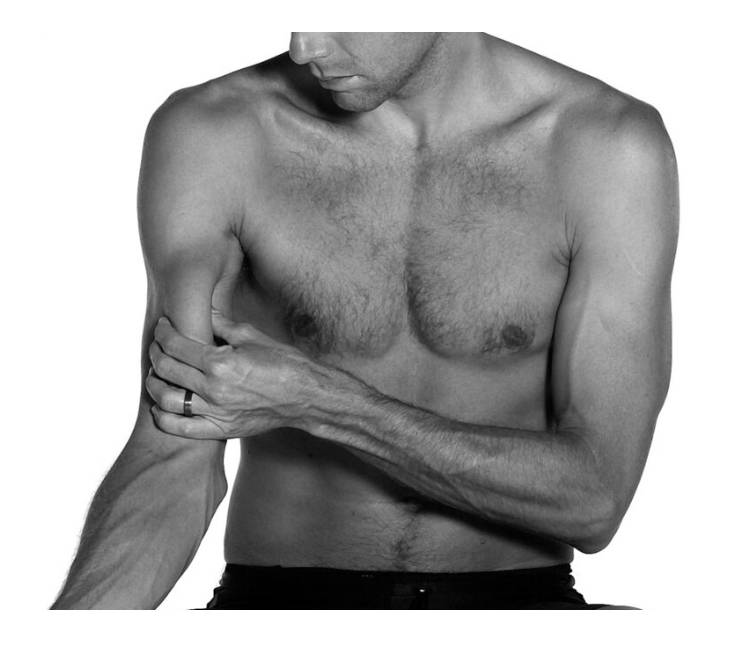
When you don’t have time to book in with a professional or a visit to the spa, self-massage at home is a great thing to do in 30 minutes or less of self-care. It helps to relax your muscles and, in some cases, can provide relief from mild pain.
Tools are available to buy that can assist with massage, otherwise, making small circles with your thumbs over areas that feel tense or sore is a good method. Focus on common areas that hold tension, including your neck, shoulders, and lower back. Try giving yourself a foot rub, and you might be surprised how tense they are.
Or you could take a little more time than usual to moisturise – try giving yourself a home facial, concentrating on easing tension across your forehead, temples, and jaw.

Maintaining a balanced diet has a multitude of health benefits. According to the NHS, this can include a stronger immune system, improved heart health, along with stronger teeth and bones.
Eating a balanced diet can help to make you feel more awake and alert for your day and provides the energy and nutrients you need to stay active. It can also help to regulate your mood by maintaining sugar levels in your body.
For your 30 minutes of self-care, try making a healthy snack and take some time to truly savour the flavours and textures. You might even try making overnight oats to enjoy the next morning.
Finding time for self-care can be difficult, but the benefits are well worth the effort. This list has focused on things you can do by yourself, but it’s also a good idea to share them with others. Inviting a friend along for your walk or catching up over a cup of tea can also be beneficial to your mental health.
While this article has focused on things you can easily add to your day, you should also think about longer-term life changes. It could be that you begin to make changes to your diet, like lowering the amount of caffeine, or you could find a new hobby to dive into. Try identifying the things that cause you stress and take steps to deal with them.
 For students starting university later this month, university is a diverse place with people from different backgrounds – making it a great opportunity to make new friends or even meet the love of your life!
For students starting university later this month, university is a diverse place with people from different backgrounds – making it a great opportunity to make new friends or even meet the love of your life! The Knowledge Academy
The Knowledge Academy University of Bristol
University of Bristol  Following closely behind, the
Following closely behind, the 
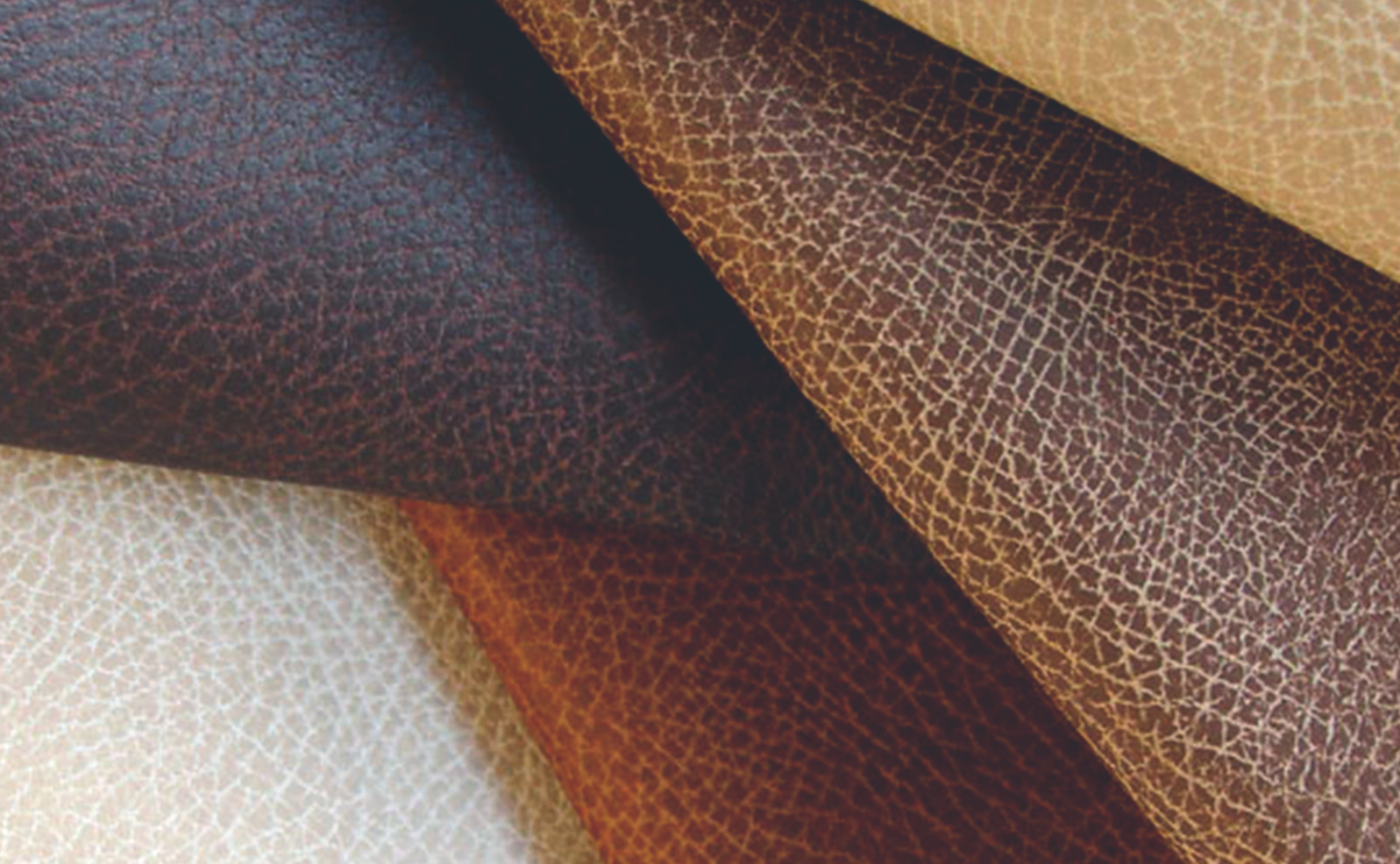

 Are the post-holiday blues real?
Are the post-holiday blues real? 5 ways to beat the holiday blues
5 ways to beat the holiday blues 2. Bring your experiences home with you
2. Bring your experiences home with you  4. Avoid unhealthy habits
4. Avoid unhealthy habits  Therefore, on your return make sure you head outside to experience some natural light, nature and fresh air. This can be anything from walking and gardening to more active exercise like cycling or running.
Therefore, on your return make sure you head outside to experience some natural light, nature and fresh air. This can be anything from walking and gardening to more active exercise like cycling or running.



 4) Arsenal – 358,590 global searches
4) Arsenal – 358,590 global searches 5)Paris Saint-Germain – 296,520 global searches
5)Paris Saint-Germain – 296,520 global searches 6) Barcelona – 290,296 global searches
6) Barcelona – 290,296 global searches 7) Manchester City F.C – 245,530 global searches
7) Manchester City F.C – 245,530 global searches
 9) Ajax – 117,039 global searches
9) Ajax – 117,039 global searches